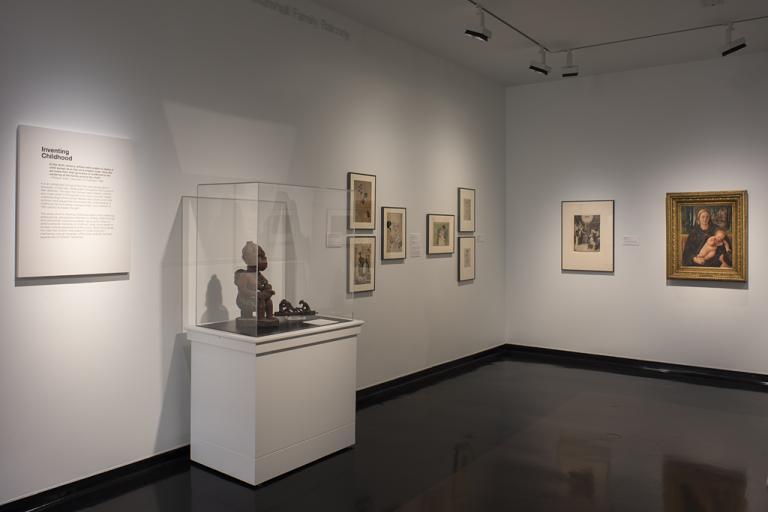The Barefooted Child, Mary Cassatt
Artwork Overview
Mary Cassatt, artist
1844–1926
The Barefooted Child,
circa 1896–1897
Where object was made: France
Material/technique: color aquatint; drypoint; laid paper
Dimensions:
Image Dimensions Height/Width (Height x Width): 244 x 322 mm
Sheet/Paper Dimensions (Height x Width): 345 x 430 mm
Image Dimensions Height/Width (Height x Width): 9 5/8 x 12 11/16 in
Sheet/Paper Dimensions (Height x Width): 13 9/16 x 16 15/16 in
Mat Dimensions (Height x Width): 16 x 20 in
Image Dimensions Height/Width (Height x Width): 244 x 322 mm
Sheet/Paper Dimensions (Height x Width): 345 x 430 mm
Image Dimensions Height/Width (Height x Width): 9 5/8 x 12 11/16 in
Sheet/Paper Dimensions (Height x Width): 13 9/16 x 16 15/16 in
Mat Dimensions (Height x Width): 16 x 20 in
Credit line: Museum purchase: Letha Churchill Walker Memorial Art Fund
Accession number: 1970.0199
Not on display
If you wish to reproduce this image, please submit an image request













